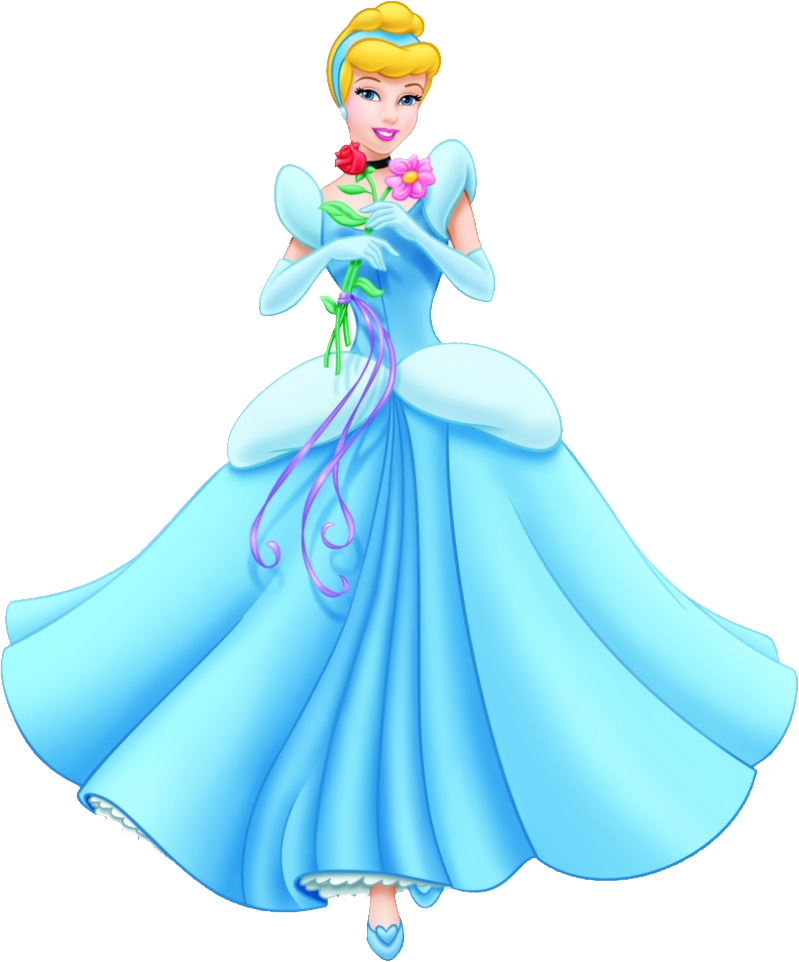
This image has format transparent PNG with resolution 920x1052.
You can download this image in best resolution from this page and use it for design and web design.
Cinderella PNG with transparent background you can download for free, just click on download button.
"Cinderella", or "The Little Glass Slipper", is a folk tale embodying a myth-element of unjust oppression and triumphant reward. Thousands of variants are known throughout the world. The title character is a young woman living in unfortunate circumstances, that are suddenly changed to remarkable fortune. The story of Rhodopis, recounted by the Greek geographer Strabo sometime between around 7 BC and 23 AD, about a Greek slave girl who marries the king of Egypt, is usually considered to be the earliest known variant of the Cinderella story. The first literary European version of the story was published in Italy by Giambattista Basile in his Pentamerone in 1634; the version that is now most widely known in the English-speaking world was published in French by Charles Perrault in Histoires ou contes du temps passé in 1697. Another version was later published by the Brothers Grimm in their folk tale collection Grimms' Fairy Tales in 1812.
Although the story's title and main character's name change in different languages, in English-language folklore Cinderella is the archetypal name. The word Cinderella has, by analogy, come to mean one whose attributes were unrecognized, or one who unexpectedly achieves recognition or success after a period of obscurity and neglect. The still-popular story of Cinderella continues to influence popular culture internationally, lending plot elements, allusions, and tropes to a wide variety of media. The Aarne-Thompson-Uther system classifies Cinderella as Tale Type 510A, Persecuted Heroine.
The first written European version of the story was published in Napoli (Naples), Italy, by Giambattista Basile, in his Pentamerone (1634). The story itself was set in the Kingdom of Naples, at that time the most important political and cultural center of Southern Italy and among the most influential capitals in Europe, and written in the Neapolitan dialect. It was later retold, along with other Basile tales, by Charles Perrault in Histoires ou contes du temps passé (1697), and by the Brothers Grimm in their folk tale collection Grimms' Fairy Tales (1812).
The name "Cenerentola" comes from the Italian word "cenere" (ash, cinder). It has to do with the fact that servants and scullions were usually soiled with ash at that time, because of their cleaning work and also because they had to live in cold basements so they usually tried to get warm by sitting close to the fireplace.
In 1804 Cinderella was presented at Drury Lane Theatre, London, described as "A new Grand Allegorical Pantomimic Spectacle" though it was very far in style and content from the modern pantomime. However, it included notable clown Joseph Grimaldi playing the part of a servant called Pedro, the antecedant of today's character Buttons. In 1820 Harlequin and Cinderella at the Theatre Royal, Covent Garden had much of the modern story (taken from the opera La Cenerentola) by Rossini but was a Harlequinade again featuring Grimaldi. In 1830 Rophino Lacy used Rossini's music but with spoken dialogue in a comic opera with many of the main characters: the Baron, the two stepsisters and Pedro the servant all as comic characters, plus a Fairy Queen instead of a magician. However it was the conversion of this via burlesque and rhyming couplets by Henry Byron which led to what was effectively the modern pantomime in both story and style at the Royal Strand Theatre in 1860: Cinderella! Or the Lover, the Lackey, and the Little Glass Slipper.
In the traditional pantomime version the opening scene takes place in a forest with a hunt in progress; here Cinderella first meets Prince Charming and his "right-hand man" Dandini, whose name and character come from Gioachino Rossini's opera (La Cenerentola). Cinderella mistakes Dandini for the Prince and the Prince for Dandini. Her father, Baron Hardup, is under the thumb of his two stepdaughters, the Ugly sisters, and has a servant, Cinderella's friend Buttons. (Throughout the pantomime, the Baron is continually harassed by the Broker's Men (often named after current politicians) for outstanding rent.) The Fairy Godmother must magically create a coach (from a pumpkin), footmen (from mice), a coach driver (from a frog), and a beautiful dress (from rags) for Cinderella to go to the ball. However, she must return by midnight, as it is then that the spell ceases.
In this page you can download free PNG images: Cinderella PNG images free download